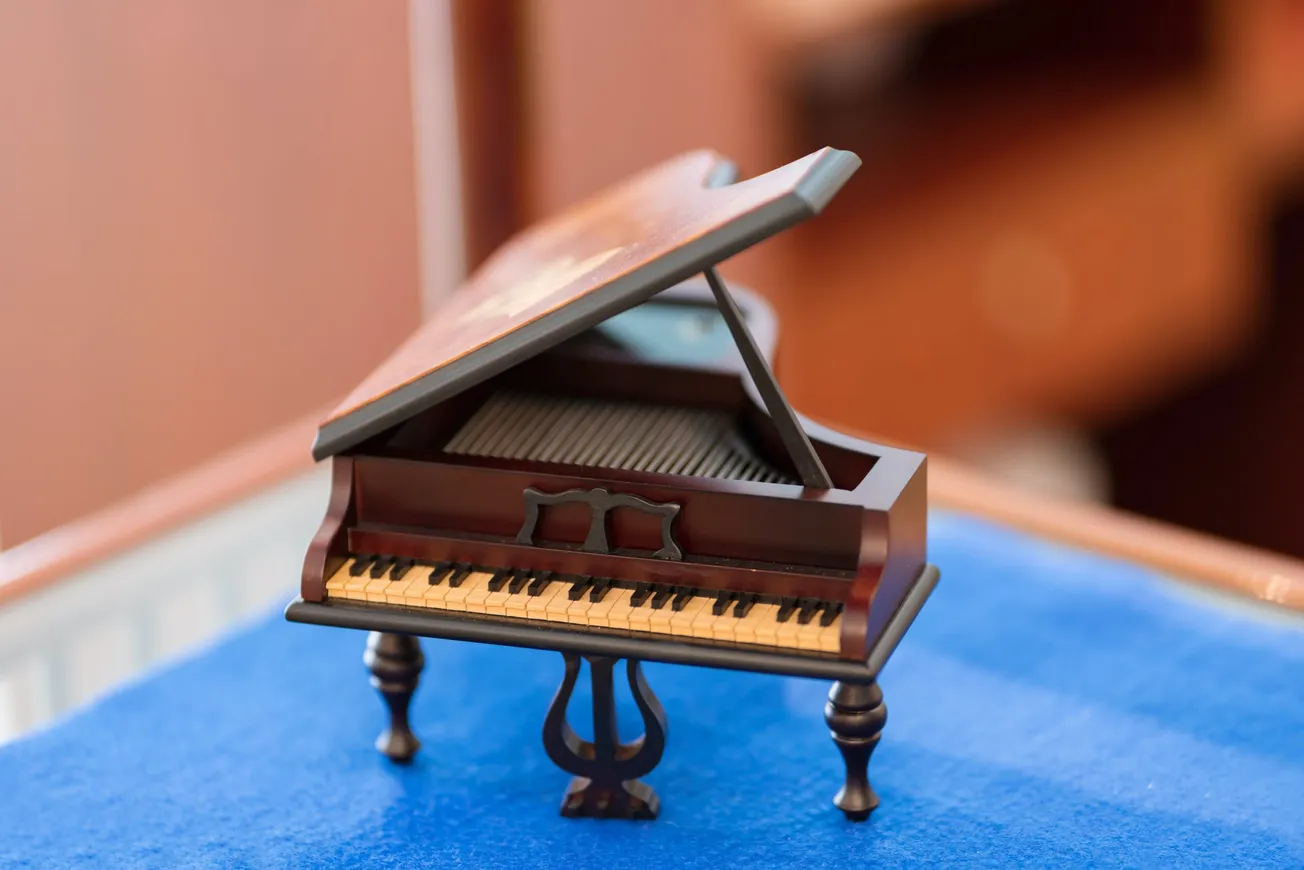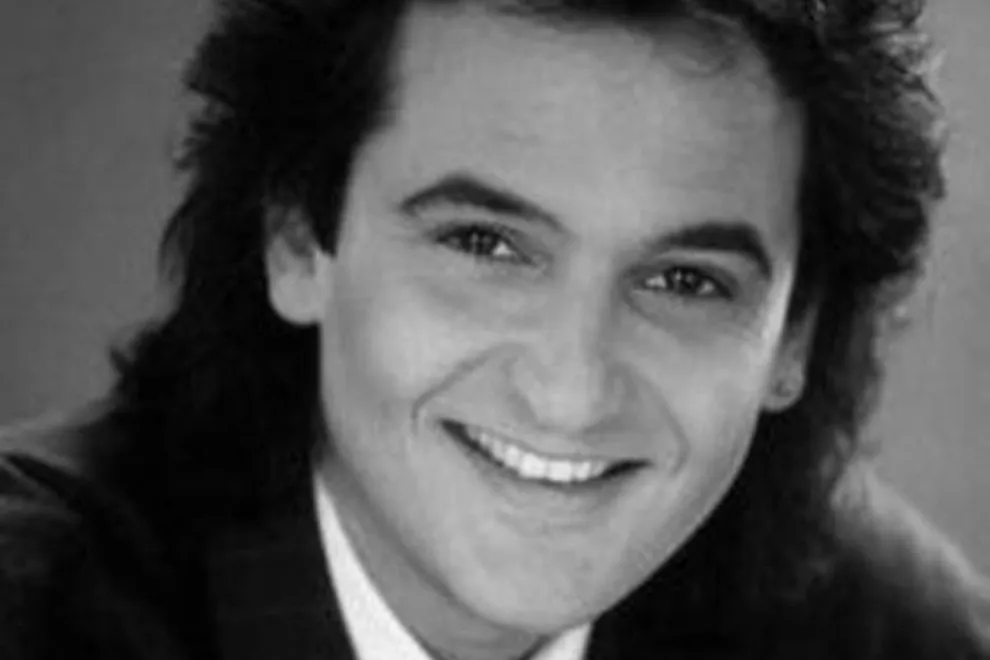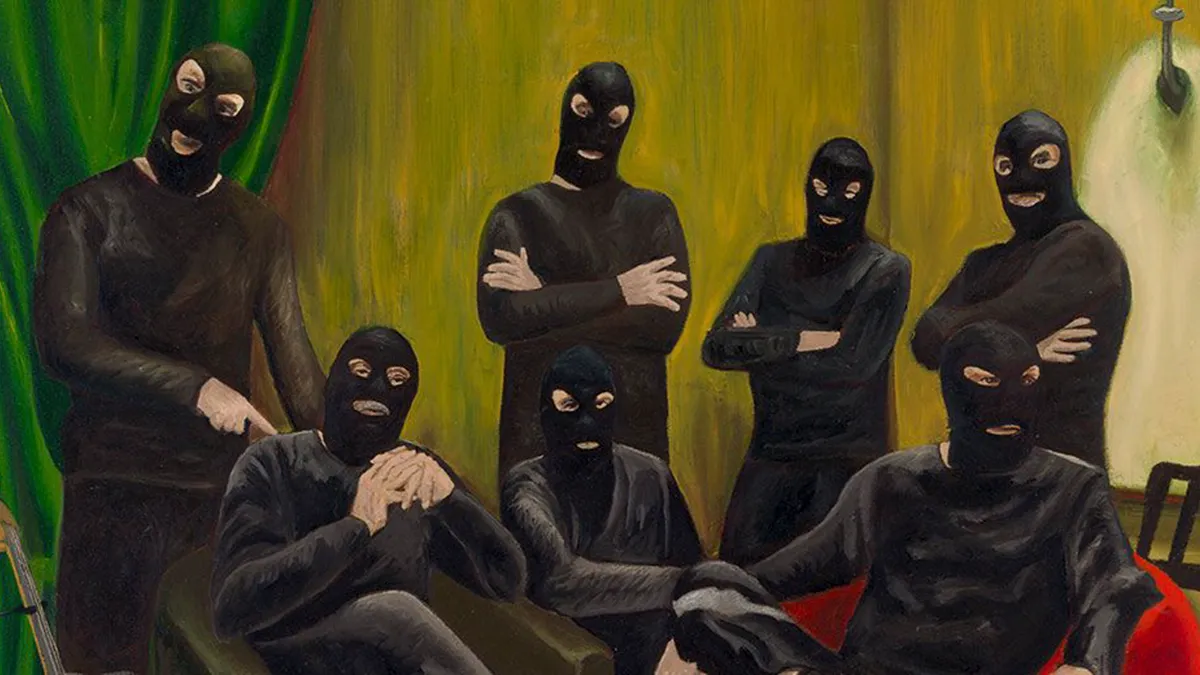Paul Smith
University of New England
A child’s toy may seem like an unlikely candidate for the classical concert hall. Around the world, however, thousands of musicians gather every year for festivals, conferences and concerts dedicated to the toy piano.
Exploring its sound, range, and playing technique, these composers and performers congregate to talk about latest developments in toy piano music and perform new pieces.
Along with many festivals in the US and Germany, Italy and Korea have both held their first toy piano festival in recent years.
Pop artists such as Bruno Mars and groups such as Coldplay have brought a larger audience to what was once considered a niche and experimental use of the instrument. Search “toy piano” or “tiny piano” on Twitter or Facebook and you’ll find countless posts featuring performers and composers using or discussing the instrument. Old music can sound new on a toy piano.
Serious music with a playful spin
Toy pianos, despite being designed and marketed to children and families, have been used for decades to write everything from concertos to pop songs.
French composer Yann Tiersen used one prominently in his score to the 2001 film Amélie to represent the title character’s inner child.
Neil Diamond’s song, Shilo, is one of the earliest pop songs to feature toy piano (you can hear it in the bridge at about the 2:28 mark here).
And John Cage’s 1940s suite for toy piano, where he took all the seriousness of writing for the piano and put a playful spin on it, came at a crucial moment in the mid-20th century; hard borders of the musical arts, which reached a limit of seriousness in the 1920s and 1930s, had started to break down.
This mixing of traditional “high music” with artefacts that might be considered juvenile, populist, naff, or domestic, was becoming more common — and more exciting.
Play and experimentation
Toy pianos typically have a range of 12-36 keys, roughly one quarter the range of a full piano (though there are smaller and larger examples, too).
These acoustic instruments are made from a wood or plastic frame. They produce a bell-like sound when a small hammer hits a tube or flat piece of metal inside.
Unlike a typical piano, toy pianos are rarely tuned to perfection and can sound a bit off to the ear but many can’t help but be charmed by their tiny size, variety of colours and quirky inconsistent plonking.
With its history and connection to ideas of childhood, this instrument is commonly used to musically convey a sense of innocence and nostalgia.
Traditionally, art music composition can be very prescriptive and confined. The traditional conservatorium or university composition class teaches the rules of writing — what you can and cannot do with an instrument — but something about the toy piano invites play and experimentation.
Every toy piano is different
Unlike many instruments used for composing, the toy piano is not standardised around the world.
There are dozens of makers who use different techniques and different materials giving every toy piano a unique sound, range, and register. This makes writing music for the piano a bit random — but for many of us, therein lies the fun.
If you write a piece of music for the toy piano and if a performer in another part of the world has enough keys on their instrument, they can play your piece in their own special way. It’s like a singer using their own unique voice to cover a song.
The composer gives up some control, which contrasts sharply with romantic and and modernist-era ideas that positioned the composer as a genius whose works should never be altered.
Many composers end up collecting toy pianos, which gives them a variety of sounds to play with. Australian composer Elena Kats-Chernin became known as the toy piano lady at a Sydney toy store after buying eight in a row. I’m up to a modest five and am resisting buying my sixth.
Toy piano specialists are becoming more common as performers and composers in demand.
Italian specialist Antonietta Loffredo has performed several times in Australia and released many recordings with the Australian art music label Wirripang. You can hear her recordings of works by Australian composers on Spotify here.
Margaret Leng Tan, a toy instrument virtuoso with many commissions and dedications to her name, was due to perform with toy piano at the Sydney Opera House this year but the concert was postponed due to COVID-19.
As Margaret Leng Tan herself puts it:
I remain wholeheartedly intrigued by the toy piano’s magical overtones, hypnotic charm, and not least, its off-key poignancy. In the words of author John David Morley, “Sound combed from the keys of a stairway ascending faintly into sleep”. My composer-friends were similarly beguiled and driven to frenzied heights of creativity by this modest little instrument.
Escaping a rigid world
Artists are always looking for new ways to challenge and surprise audiences. What is and isn’t accepted on the concert stage is constantly shifting and the rise of the toy piano suggests that we are ready to welcome new sounds and new instruments into the relatively closed world of classical music.
To many composers, the toy piano offers more than a symbolic representation of childhood — it provides an exciting escape from the strict and rigid world of formal contemporary art music.
Paul Smith, Senior Lecturer in Music, University of New England
This article is republished from The Conversation under a Creative Commons license. Read the original article.
Please share this article so that others can discover The BFD.










